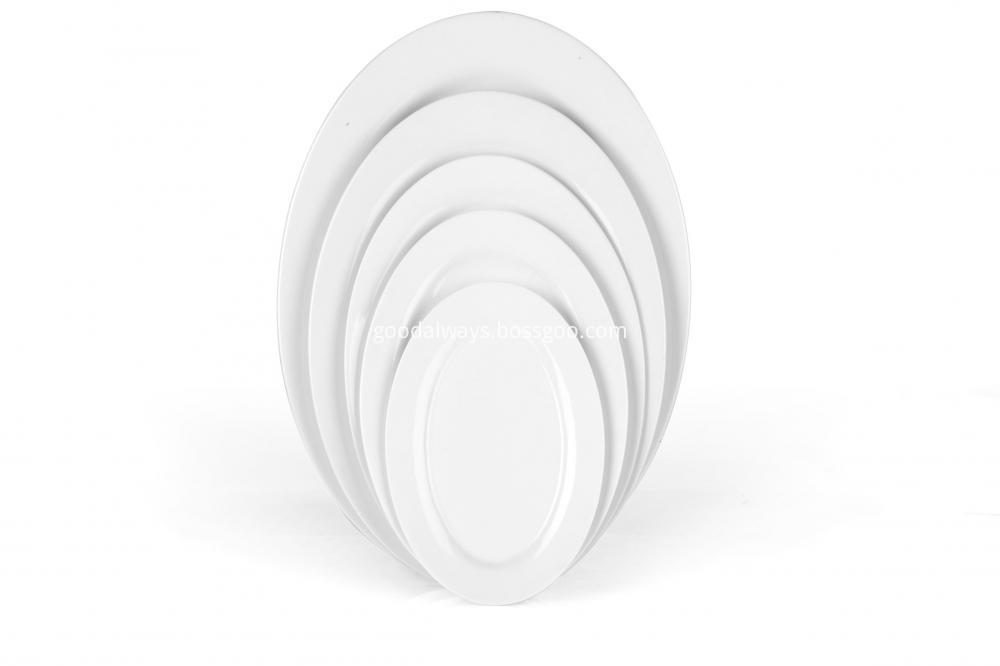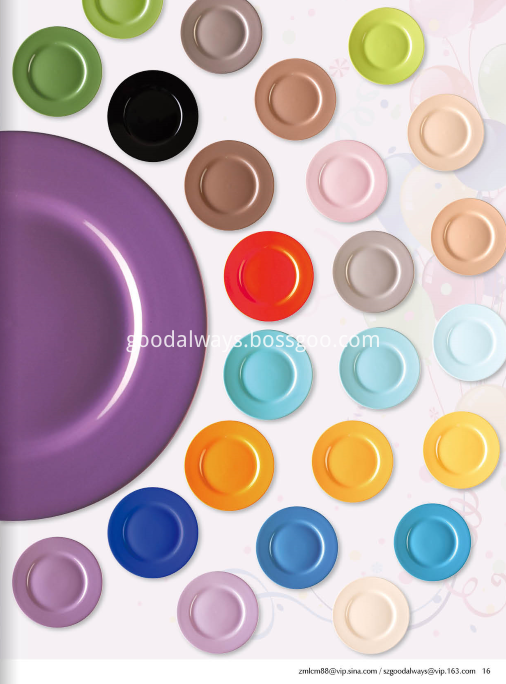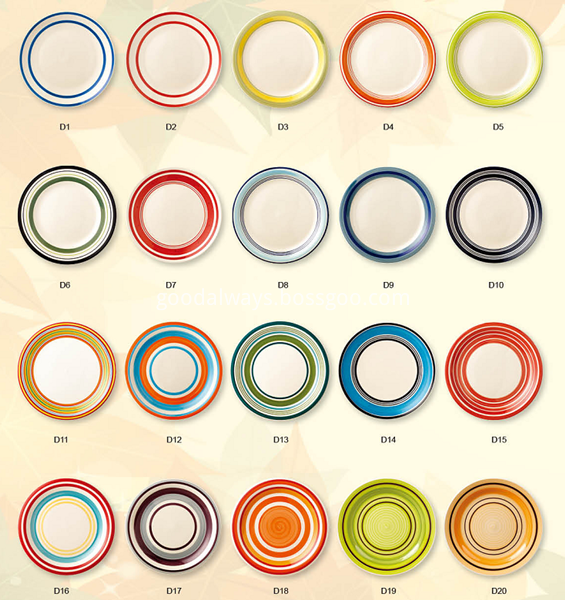Xylose is the main pentose that is hydrolyzed by enzymes or chemically. It can be used as a good dietary supplement and a calorie-free sweetener for rich patients such as diabetes and obesity. The development of rapid, sensitive, and highly selective xylose detection methods is of great significance for monitoring the biological processes of the development of second-generation biofuels such as cellulose ethanol, and the development of medicines, nutraceuticals, and food technologies.
Recently, the biosensor team led by Liu Aihua, a researcher who was selected by the "Hundred Talents Program" of Qingdao Institute of Bioenergy and Processes, Chinese Academy of Sciences, cooperated with Professor M. Mascini of the University of Florence in Italy to develop a new xylose dehydrogenase bacterial surface display system This system is used to construct new biosensors.
The team constructed an ice nucleoprotein-based bacterial surface display system, expressing xylose dehydrogenase (XDH) efficiently on the surface of the bacteria and applying it to the highly sensitive detection of D-xylose (B. Liang, L. Li, M. Mascini *, A. Liu *, Analytical Chemistry 2012, 84, 275-282.) At the same time, the xylB gene encoding xylose dehydrogenase was fused with the inaPb-N gene of the N-terminal domain of the ice nucleoprotein to obtain a plasmid pTInaPbN-Xdh was transformed into E. coli BL21 (DE3) for expression. The team Liang Bo and others used SDS-PAGE and Western Blot experiments to confirm that most of the protein is located in the outer membrane of the cell, and the XDH enzyme activity of the outer membrane component accounts for 77% of the whole cell, and the protein has no effect on the growth of the bacteria. Cause an impact. In addition, the protein is more stable than xylose dehydrogenase in the original strain.
D-xylose is catalyzed by XDH on the surface of the cell, with the help of the coenzyme nicotinamide adenine dinucleotide (NAD +) to be oxidized to xylose lactone, and the coenzyme NAD + is reduced to the reduced form of nicotinamide adenine di Nucleotides (NADH). By measuring the absorbance of the UV absorption peak of NADH at 340nm, D-xylose can be detected (see figure). The linear range of this method is 5-900 μM D-xylose. 100-fold excess of glucose, cellobiose, galactose, mannose, ribose, fructose, sucrose, xylitol, maltose, and 10-fold excess of L-arabinose did not interfere with the determination of D-xylose (100 μM) .
This xylose dehydrogenase bacterial surface display system can also be used to develop a highly sensitive and specific electrochemical xylose biosensor (L. Li, B. Liang, J. Shi, F. Li, M. Mascini *, A. Liu *, Biosensors and Bioelectronics 2012, DOI: 10.1016 / j.bios.2011.12.027.), To solve the problems of high cost liquid chromatography, ion chromatography and other traditional xylose detection methods, such as expensive price, long analysis period, low sensitivity, etc. .
The research was funded by the Chinese Academy of Sciences '"Hundred Talents Program" and the Chinese Academy of Sciences' basic research projects in the field of industrial biotechnology.
Paper link:
1. http://pubs.acs.org/doi/abs/10.1021/ac202513u
2. http: // S095656631100827X

Construction of ice nucleoprotein-based xylose dehydrogenase bacterial surface display system and its spectrophotometric detection for D-xylose
Named: Tableware Dishes/Plates
Material: Porcelain/Stoneware/New bone china
Style: Full white/Deca/Color glazed/Handpainted
Size: 12inch/10.5inch/9.5inch/9inch/8inch/7.5inch
Shape: Round/Coupe/Square/Oval ect
Using: Dinner/Salad/Soup/Pizza/Pasta
MOQ: 3000pcs/color
Port: Shenzhen/Qingdao
Service: Logo printing & own design decal is welcomed!




Porcelain Gold Plate,Stoneware Color Plate,New Bone China Plate,Porcelain Silver Plate
Shenzhen Good-Always Imp.& Exp.Co.Ltd , https://www.good-always.com